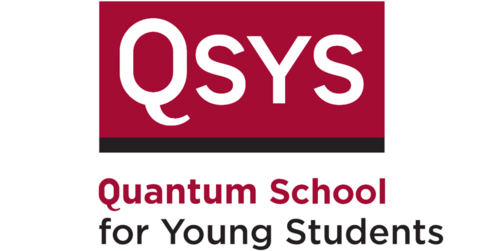Monday, May 25, 2026
-
Friday, June 5, 2026
(all day)
Undergraduate School on Experimental Quantum Information Processing 2026
Explore quantum information science hands-on at a world-class institute.


